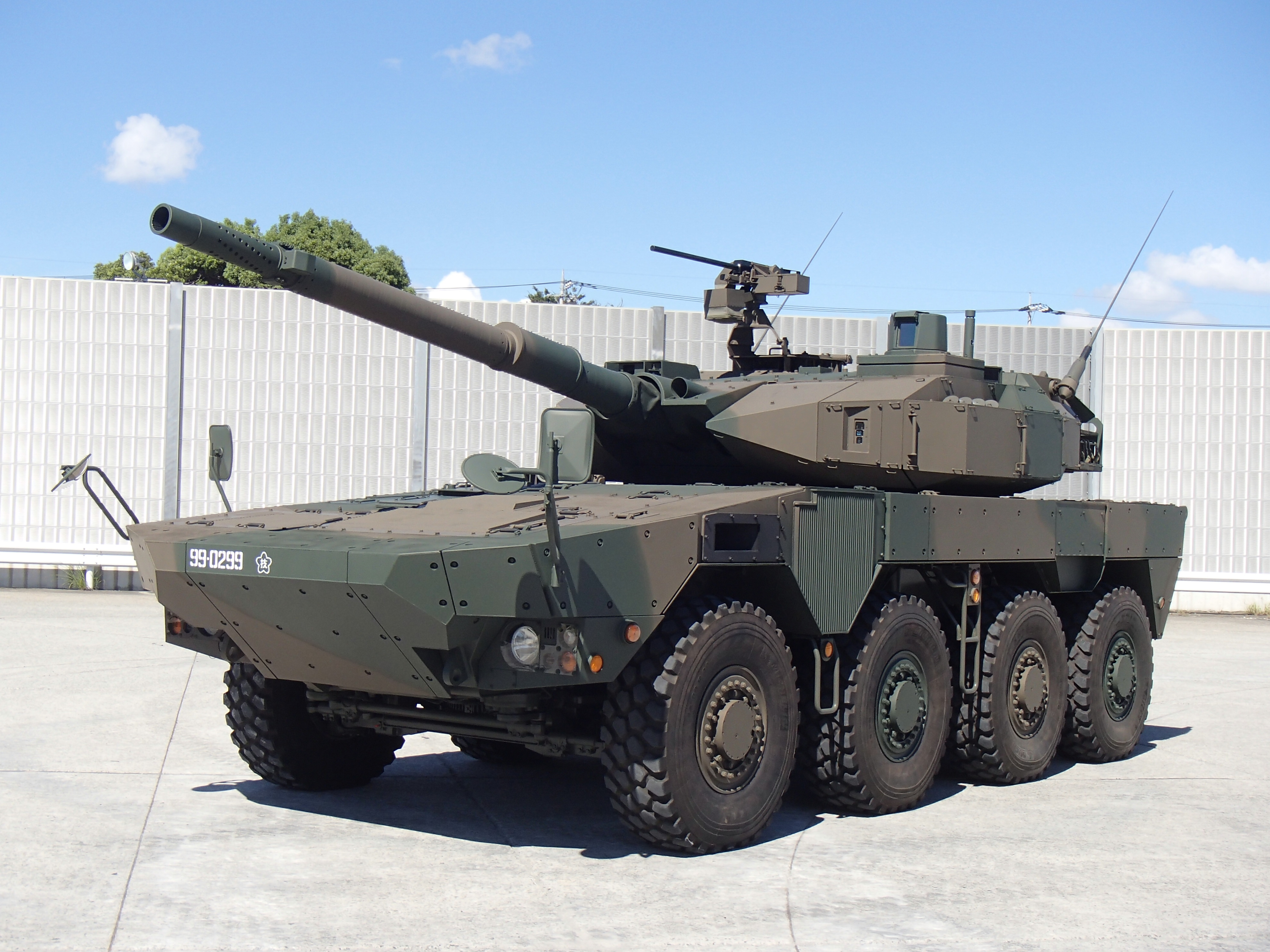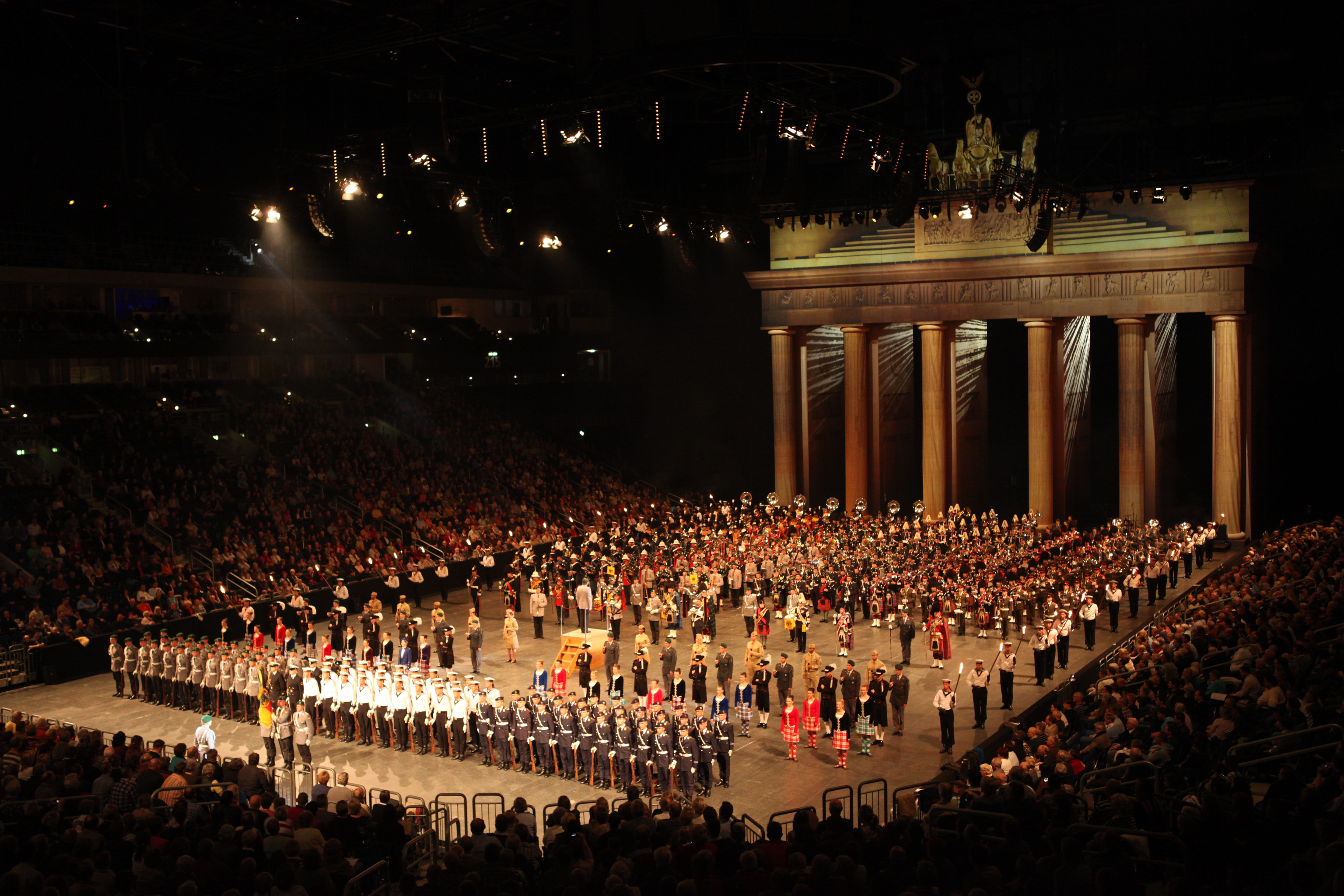|
1st Division (Japan)
The is one of nine active divisions of the Japan Ground Self-Defense Force. The division is subordinated to the Eastern Army and is headquartered at Camp Nerima in Nerima, Tokyo. Its responsibility is the defense of Tokyo and the Chiba, Ibaraki, Kanagawa, Saitama, Shizuoka and Yamanashi prefectures. History The division was raised on 18 January 1962 but dates back to the 1st District Corps (Tokyo) of the then National Police Reserve formed in 1950 and reformed in 1962 as an Infantry Division. Organization *Camp Nerima at Nerima, Tokyo ** 1st Division Headquarters Company **1st Infantry Regiment (Japanese) **1st Logistic Support Regiment (Japanese) *** 1st Maintenance Battalion *** 2nd Maintenance Battalion *** Supply Unit *** Medical Unit *** Transport Unit ** 1st NBC Weapon Defense Company ** 1st Band * Camp Asaka at Asaka ** 1st Engineer Battalion (Combat) (Japanese) ** 1st Reconnaissance Combat Battalion (Japanese), with Type 87 armored reconnaissance vehicles ... [...More Info...] [...Related Items...] OR: [Wikipedia] [Google] [Baidu] |
Distinctive Unit Insignia
A distinctive unit insignia (DUI) is a metallic Heraldry, heraldic badge or device worn by soldiers in the United States Army. The DUI design is derived from the coat of arms authorized for a unit. DUIs may also be called "distinctive insignia" (DI) or, imprecisely, a "Crest (heraldry), crest" or a "unit crest" by soldiers or collectors. The U.S. Army Institute of Heraldry is responsible for the design, development and authorization of all DUIs. History Pre-World War I Insignia Distinctive ornamentation of a design desired by the organization was authorized for wear on the mess dress, Mess Jacket uniform by designated organizations (staff corps, departments, corps of artillery, and infantry and cavalry regiments) per War Department General Order 132 dated December 31, 1902. The distinctive ornamentation was described later as coats of arms, pins and devices. The authority continued until omitted in the Army uniform regulation dated December 26, 1911. Distinctive unit insignia W ... [...More Info...] [...Related Items...] OR: [Wikipedia] [Google] [Baidu] |
JGSDF 1st Division HQ Building
The Japan Ground Self-Defense Force ( ja, 陸上自衛隊, Rikujō Jieitai), , also referred to as the Japanese Army, is the land warfare branch of the Japan Self-Defense Forces. Created on July 1, 1954, it is the largest of the three service branches. New military guidelines, announced in December 2010, direct the Japan Self-Defense Forces away from their Cold War focus on the Soviet Union to a new focus on China, especially in respect of the dispute over the Senkaku Islands. The JGSDF operates under the command of the chief of the ground staff, based in the city of Ichigaya, Shinjuku, Tokyo. The present chief of staff is General Yoshihide Yoshida. The JGSDF numbered around 150,000 soldiers in 2018.IISS Military Balance 2018, Routledge, London, 2018. p.271 History 20th century Soon after the end of the Pacific War in 1945 with Japan accepting the Potsdam Declaration, the Imperial Japanese Army and Imperial Japanese Navy were dismantled by the orders of Supreme Commander fo ... [...More Info...] [...Related Items...] OR: [Wikipedia] [Google] [Baidu] |
Antiaircraft Artillery
Anti-aircraft warfare, counter-air or air defence forces is the battlespace response to aerial warfare, defined by NATO as "all measures designed to nullify or reduce the effectiveness of hostile air action".AAP-6 It includes Surface-to-air missile, surface based, subsurface (Submarine#Armament, submarine launched), and air-based weapon systems, associated sensor systems, command and control arrangements, and passive measures (e.g. barrage balloons). It may be used to protect naval, ground, and air forces in any location. However, for most countries, the main effort has tended to be homeland defence. NATO refers to airborne air defence as counter-air and naval air defence as anti-aircraft warfare. Missile defense, Missile defence is an extension of air defence, as are initiatives to adapt air defence to the task of intercepting any projectile in flight. In some countries, such as Britain and Germany during the World War II, Second World War, the Soviet Union, and modern NATO a ... [...More Info...] [...Related Items...] OR: [Wikipedia] [Google] [Baidu] |
Type 16 Maneuver Combat Vehicle
The is a wheeled armored fighting vehicle of the Japan Ground Self-Defense Force. Overview The ''Type 16'' maneuver combat vehicle (MCV) equips designated combat units. Due to its light weight and small size, it is designed for easy deployment (by aircraft if needed) allowing rapid movement on narrow roads and in built-up areas in response to various contingencies. Despite its small size and light armor, it can successfully attack much larger armored fighting vehicles as well as personnel, using its large caliber gun. For FY2016, the MOD has requested funding for 36 examples of the MCV, to enter service with elements of the 8th Division at Kumamoto, and the 14th Brigade at Zentsūji. Both formations are currently planned for conversion to rapid reaction forces (though these plans, as with the original plans for the MCV ee History are presently (mid-2015) under review and subject to possible major revision). The intention is for the MCV to act as both as a rapid reacti ... [...More Info...] [...Related Items...] OR: [Wikipedia] [Google] [Baidu] |
Type 87 ARV
The Type 87 Reconnaissance Combat Vehicle, also simply known as "RCV" and nicknamed Black Eye (ブラックアイ), is a 6x6 wheeled reconnaissance vehicle designed and manufactured by Komatsu Limited and employed exclusively by the Japan Ground Self-Defense Force. The JGSDF continued to commission new units up until as recently as 2013. History After World War II, the United States provided the newly-created Japan Ground Self-Defense Force with a number of variants of the M8 Greyhound armoured car. However, a relatively small number of these were employed due to concerns about the poor quality of roads in Japan, as many Japanese roads were unpaved and poorly maintained, limiting the feasibility of wheeled vehicles for military service. By 1982, Japanese infrastructure had greatly improved, motivating the development of the first armoured fighting vehicle developed and manufactured by Japanese industry for the Japanese armed forces, the successful Type 82 'Shikitsu' Command ... [...More Info...] [...Related Items...] OR: [Wikipedia] [Google] [Baidu] |
Combat Engineer
A combat engineer (also called pioneer or sapper) is a type of soldier who performs military engineering tasks in support of land forces combat operations. Combat engineers perform a variety of military engineering, tunnel and mine warfare tasks as well as construction and demolition duties in and out of combat zones. Combat engineers facilitate the mobility of friendly forces while impeding that of the enemy. They also work to assure the survivability of friendly forces, building fighting positions, fortifications, and roads. They conduct demolitions missions and clear minefields manually or through use of specialized vehicles. Common combat engineer missions include construction and breaching of trenches, tank traps and other obstacles and fortifications; obstacle emplacement and bunker construction; route clearance and reconnaissance; bridge and road construction or destruction; emplacement and clearance of land mines; and combined arms breaching. Typically, combat engin ... [...More Info...] [...Related Items...] OR: [Wikipedia] [Google] [Baidu] |
Asaka, Saitama
260px, Pond at JGSDF Camp Asaka 260px, former IJA Officer Preparatory School at JGSDF Camp Asaka is a city located in Saitama Prefecture, Japan. , the city had an estimated population of 143,195 and a population density of 7800 persons per km². The total area of the city is . Geography Located in far southern Saitama Prefecture, Asaka in the center of the Musashino Terrace on the central reaches of the Arakawa River, which runs along the city border with Saitama in the northeastern part of the city, Surrounding municipalities * Saitama Prefecture ** Saitama ** Shiki ** Toda ** Wako ** Niiza *Tokyo Metropolis ** Nerima-ku Climate Asaka has a Humid subtropical climate (Köppen ''Cfa'') characterized by warm summers and cool winters with light to no snowfall. The average annual temperature in Ageo is 15.1 °C. The average annual rainfall is 1427 mm with September as the wettest month. The temperatures are highest on average in August, at around 26.8 °C ... [...More Info...] [...Related Items...] OR: [Wikipedia] [Google] [Baidu] |
Camp Asaka
Camp Asaka is a base of the Japan Ground Self-Defense Force. It lies in four municipalities: Nerima, Tokyo; Asaka, Saitama; Wako, Saitama; and Niiza, Saitama. It serves as the headquarters of the Eastern Army. The camp was originally the site of a golf course from 1930 to 1940. It served as the site of the Imperial Japanese Army Junior Military Academy from 1941 to 1945, and as a United States Army camp (South Camp Drake) from 1945 to 1960, during which time it housed part of the 1st Cavalry Division. The Asaka Shooting Range was a firing range constructed on the site for the 1964 Summer Olympics in Tokyo, and hosted pistol and rifle shooting and the shooting part of the modern pentathlon. It is the temporary shooting venue for the 2020 Summer Olympics The , officially the and also known as , was an international multi-sport event held from 23 July to 8 August 2021 in Tokyo, Japan, with some preliminary events that began on 21 July. Tokyo was selected as the h ... [...More Info...] [...Related Items...] OR: [Wikipedia] [Google] [Baidu] |
Military Band
A military band is a group of personnel that performs musical duties for military functions, usually for the armed forces. A typical military band consists mostly of wind and percussion instruments. The conductor of a band commonly bears the title of Bandmaster or Director of Music. Ottoman military bands are thought to be the oldest variety of military marching bands in the world, dating from the 13th century. The military band is capable of playing ceremonial and marching music, including the national anthems and patriotic songs of not only their own nation but others as well, both while stationary and as a marching band. Military bands also play a part in military funeral ceremonies. There are two types of historical traditions in military bands. The first is military field music. This type of music includes bugles (or other natural instruments such as natural trumpets or natural horns), bagpipes, or fifes and almost always drums. This type of music was used to control troo ... [...More Info...] [...Related Items...] OR: [Wikipedia] [Google] [Baidu] |



